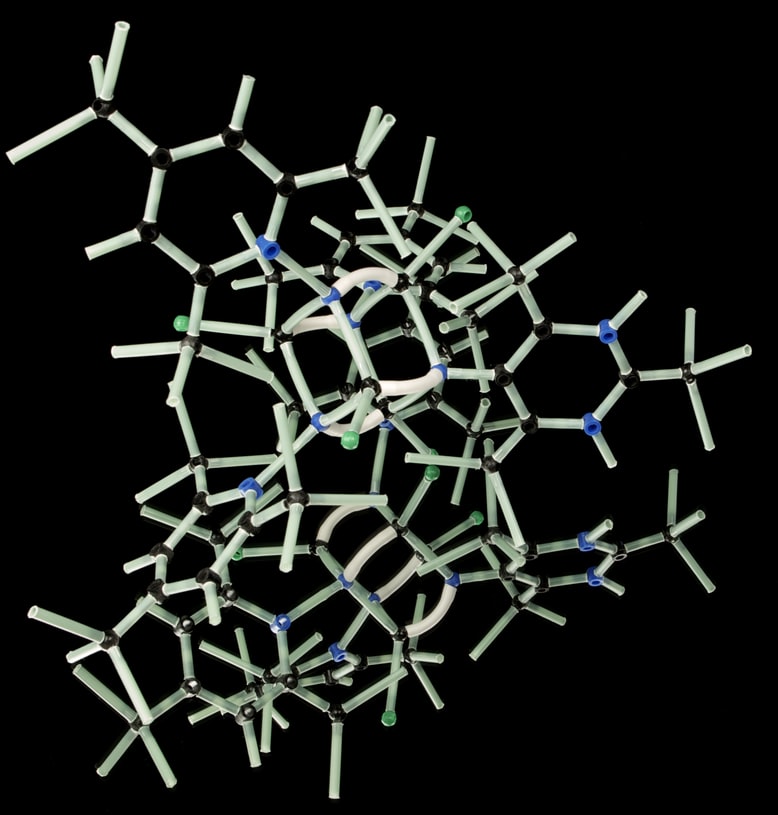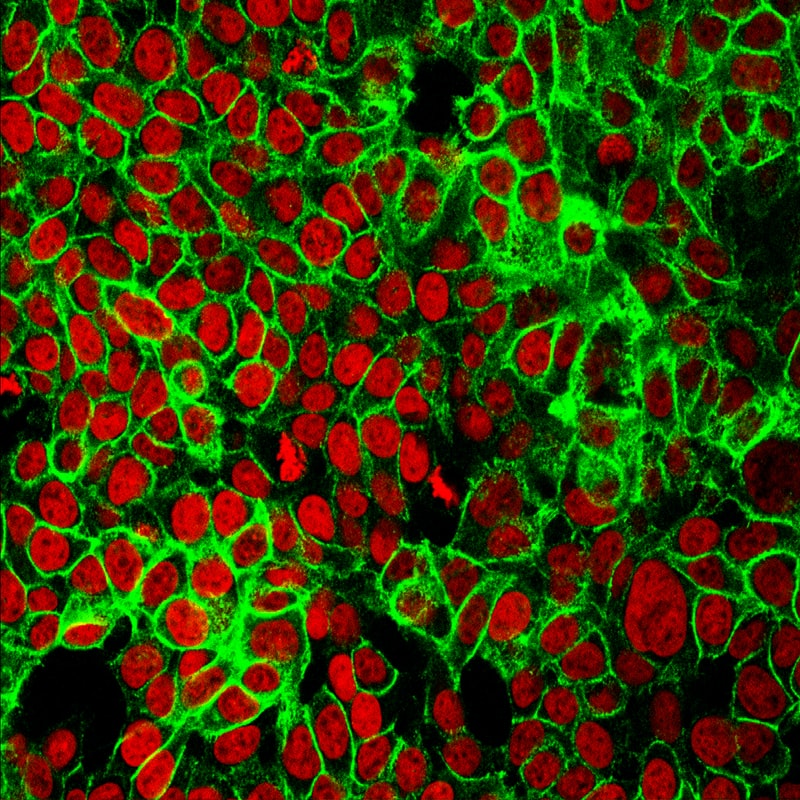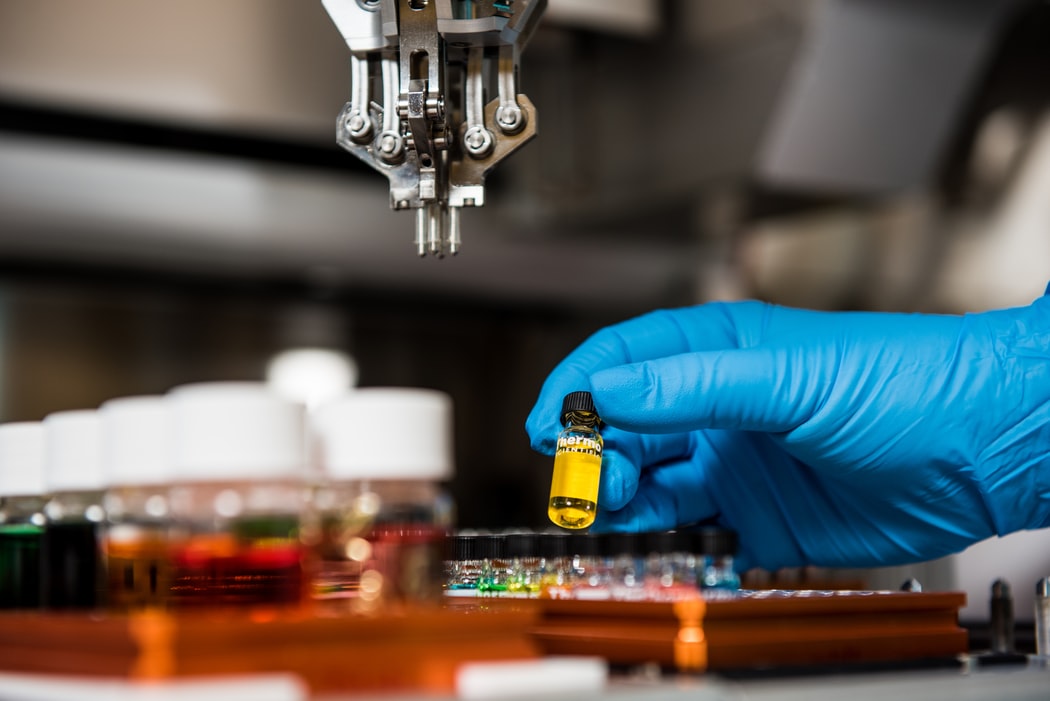Non-Traditional Therapies and Procedures for Patients with Advanced Heart Failure
WRITTEN BY HITESHI PATEL At present, around 85% of children with congenital heart disease reach adulthood thanks to various drugs, surgeries, and heart transplants. Depending on the case, however, overcoming the disease itself is not the hardest part of the process. It is extremely likely





